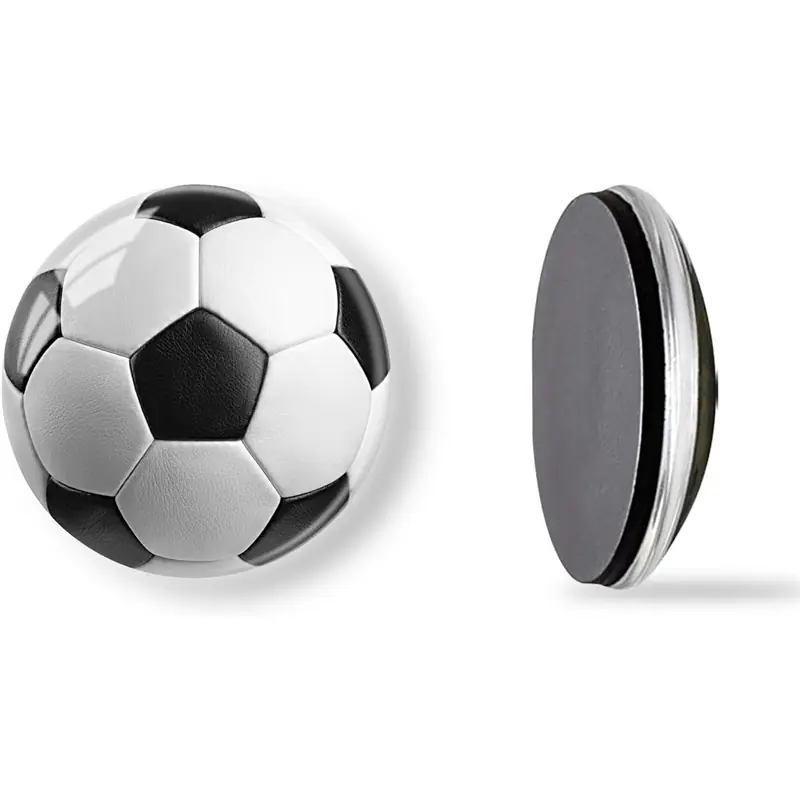Are running socks important?
When many people are running, they will randomly pick a pair of socks from the pile of socks, and then start to run. But do you sometimes feel that after running, the soles of your feet will foam or your heels will wear red, that’s because you didn’t choose the right socks!
A suitable pair of running socks with good performance is essential for comfort and support during running, because they are specifically designed to increase ventilation, absorb moisture and provide support in all suitable places. People tend to pay attention to finding a pair of perfect running shoes, but forget the importance of socks, but not many of us will spend a lot of time thinking about which running socks to wear. In other words, we will not pay too much attention to our socks until we have annoying blisters in long-distance running or competitions. But when this happens, we just want to know what went wrong?
In fact, without the support of some high-quality running socks, problems such as blisters, overheating and discomfort sometimes persist.
How to choose the fabric of running socks?
1. Generally speaking, it is best to avoid using cotton because it can retain moisture and lock it on the skin, which can cause blisters in summer and cold in winter. Switching to technical synthetic materials can help take sweat away from your skin, so don’t buy pure cotton running socks.
2. Using high-quality natural fibers, such as Merino wool, to make running socks is the most ideal choice. Not only do they naturally breathe and wick away perspiration, but they also have antibacterial effects to keep you away from bad smells.
3. Polyester and nylon are also commonly used synthetic fibers for making running socks because they absorb sweat, breathe air and are more durable than cotton.
Some things to note about running socks
1. Seamless running socks
Running socks are designed to keep your feet dry and comfortable, so a seamless structure is ideal because it reduces the risk of chafing.
2. Thickness selection of running socks
Many experienced runners prefer thinner socks because they are lighter and tend to have a better road feel. But this is just personal preference. You need to experiment to find the thickness of the sock that suits you best under different conditions.
3. Length selection
Generally speaking, socks usually have four different lengths.
The length you choose depends on the weather, training intensity, and your own personal preferences.
The main types here:
Knee length-usually compression running socks that fit snugly below the knee to cover the entire calf
The length of the crew-these are all down to the calf.
Ankles-as the name suggests, they are located directly above the ankles.
Socklet-These are located above the shoe line.
In conclusion
Many running socks are designed to gently compress your muscles to improve blood circulation, reduce fatigue, and speed up recovery time, allowing you to run farther and longer.
Therefore, the best way is to try socks of various lengths and thicknesses so that you can have more choices when running in different seasons!

Tennie Chen is responsible for sourcing and supplier evaluation, with a focus on balancing product quality, cost efficiency, and supply chain reliability. My role involves identifying trustworthy manufacturers, comparing quotations, analyzing total landed costs, and ensuring compliance with international standards. I always prioritize long-term partnerships over one-time deals, aiming to work with suppliers who can provide consistent quality, competitive pricing, and flexible solutions. When making purchasing decisions, I evaluate not only the product itself but also the supplier’s production capacity, lead time, and after-sales support, ensuring that every cooperation contributes to sustainable business growth.










